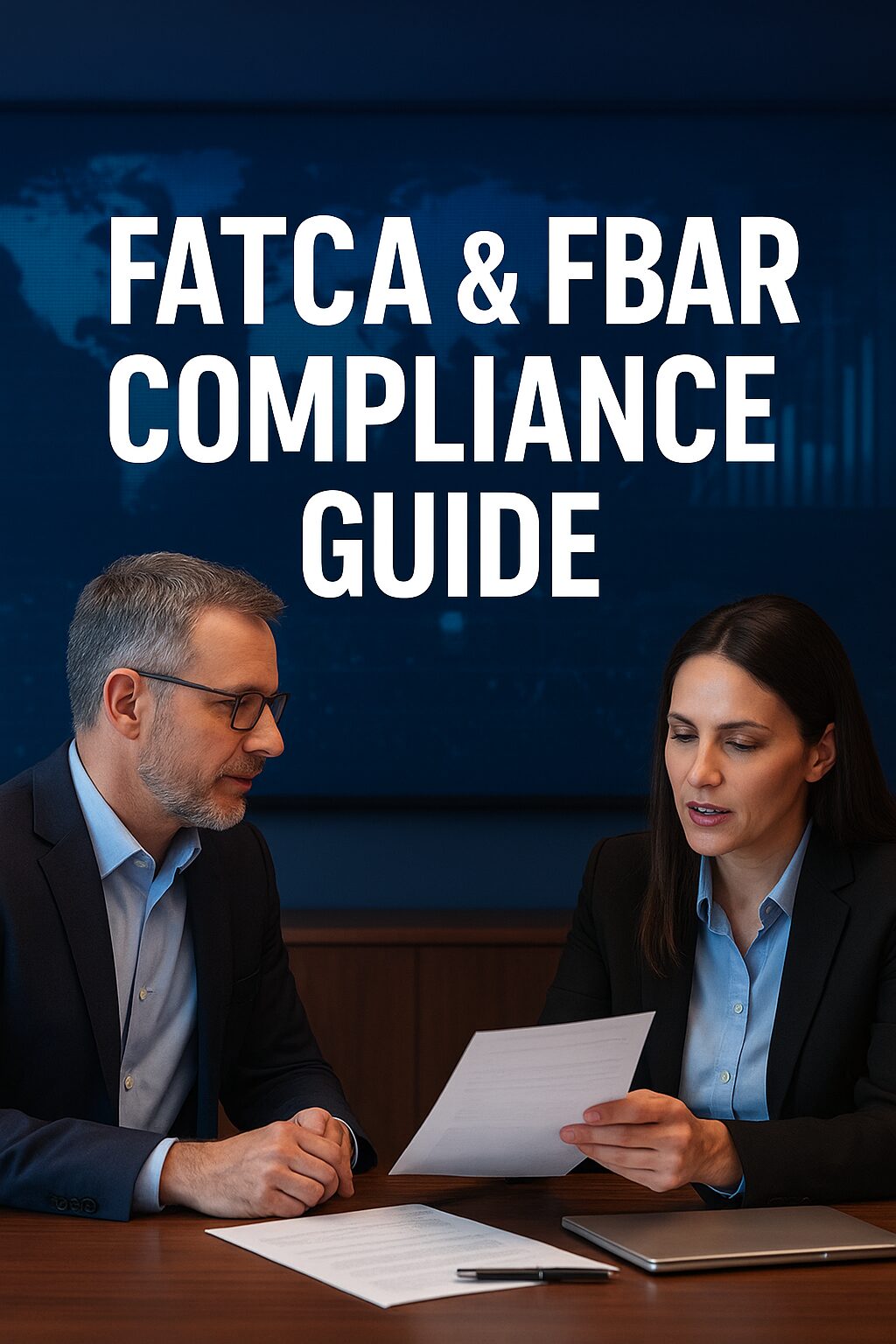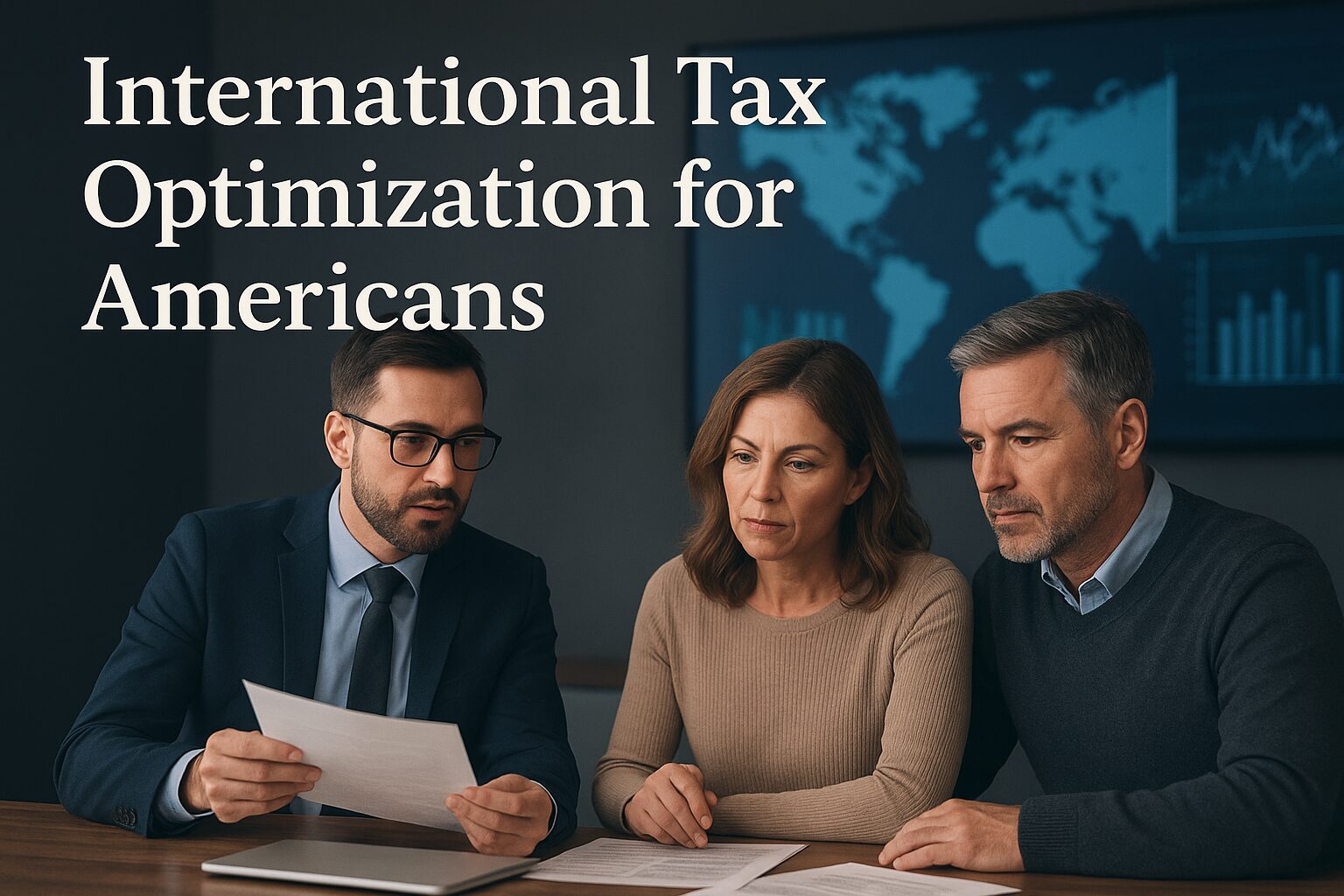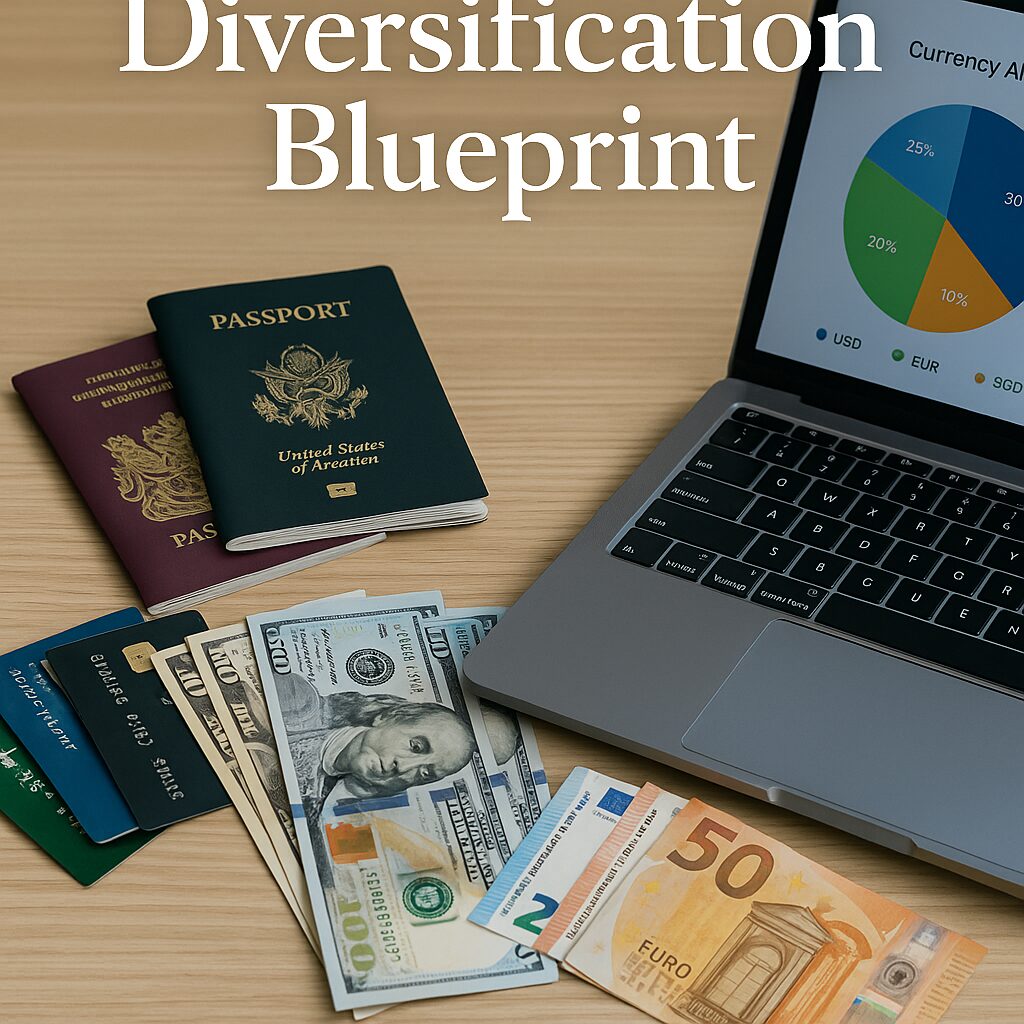Why Diversification Is the Ultimate Risk Management Tool
Market cycles are inevitable. Economic booms, recessions, geopolitical instability, and currency fluctuations all influence investment performance. High-net-worth individuals understand that relying solely on domestic markets leaves their wealth vulnerable.
Global investment diversification is the practice of spreading investments across multiple asset classes, sectors, and geographical regions to minimize risk and capture opportunities worldwide. When executed properly, it not only protects capital but also enhances long-term returns.
The Core Principles of Diversification
- Asset Class Diversification – Balancing stocks, bonds, real estate, commodities, and alternative investments.
- Geographic Diversification – Investing across multiple countries and regions to reduce exposure to local risks.
- Currency Diversification – Holding assets in multiple currencies to protect against exchange rate volatility.
- Sector Diversification – Spreading investments across industries such as technology, healthcare, energy, and consumer goods.
Why Global Diversification Outperforms Domestic-Only Portfolios
- Reduced Volatility: Global portfolios are less affected by a single country’s economic downturn.
- Access to Emerging Markets: Higher growth potential compared to mature markets.
- Currency Hedging: Gains in foreign currencies can offset domestic market losses.
- Broader Opportunity Set: Access to industries or innovations not available domestically.
Key Investment Vehicles for Global Diversification
1. International Stocks and ETFs
- Benefits: Exposure to global growth and innovation.
- Examples: MSCI World Index ETFs, Emerging Market ETFs.
2. Global Bonds
- Benefits: Income generation with currency and credit risk diversification.
- Examples: Sovereign bonds from stable economies, emerging market debt.
3. Real Estate Investment Trusts (REITs)
- Benefits: Geographic income streams from rental properties.
- Examples: Global REIT ETFs with holdings in Europe, Asia, and the Americas.
4. Alternative Investments
- Benefits: Low correlation to stock markets.
- Examples: Private equity, hedge funds, infrastructure, and commodities.
Example: How Diversification Protected a Portfolio in 2020
Investor A held a 100% U.S. stock portfolio, while Investor B had:
- 50% U.S. equities
- 20% international equities
- 20% global bonds
- 10% commodities (gold, oil)
When U.S. markets fell sharply, Investor B’s portfolio losses were significantly smaller due to gains in gold and certain foreign markets.
Geographic Allocation Strategy
- Developed Markets: U.S., Europe, Japan – Stability and liquidity.
- Emerging Markets: China, India, Brazil – Higher growth potential.
- Frontier Markets: Vietnam, Kenya – Higher risk but significant upside.
Currency Diversification Tactics
- Multi-Currency Accounts: Hold cash in USD, EUR, JPY, CHF.
- Hedged ETFs: Reduce currency risk while maintaining foreign exposure.
- Foreign Bonds: Earn interest in different currencies.
Risk Management for Global Portfolios
- Political Risk Assessment – Monitor political stability and regulatory changes.
- Liquidity Analysis – Ensure assets can be sold quickly if needed.
- Regular Rebalancing – Adjust allocations based on market performance.
Step-by-Step Global Diversification Plan
- Assess Current Portfolio – Identify concentration risks.
- Set Diversification Goals – Define risk tolerance and target returns.
- Select Asset Classes – Choose a mix suitable for your objectives.
- Choose Investment Vehicles – ETFs, mutual funds, direct investments.
- Implement Currency Strategy – Decide on hedged or unhedged exposure.
- Monitor & Rebalance – Quarterly or annually.
FAQ – Global Investment Diversification
Q1: Can I diversify globally without opening foreign accounts?
Yes, through international ETFs, mutual funds, and ADRs.
Q2: Does currency risk always hurt returns?
Not necessarily—currency gains can boost returns in certain periods.
Q3: How often should I rebalance a global portfolio?
At least annually, or when allocations drift more than 5% from targets.
Conclusion
Global investment diversification is essential for building a portfolio that thrives in any economy. By balancing asset classes, geographies, and currencies, investors can reduce risk, increase resilience, and seize global opportunities.
📌 Next Article Preview:
In our next post, we’ll explore Advanced Offshore Structures for High-Net-Worth Investors, revealing how to combine legal entities, trusts, and investment accounts for maximum tax efficiency and asset protection.









